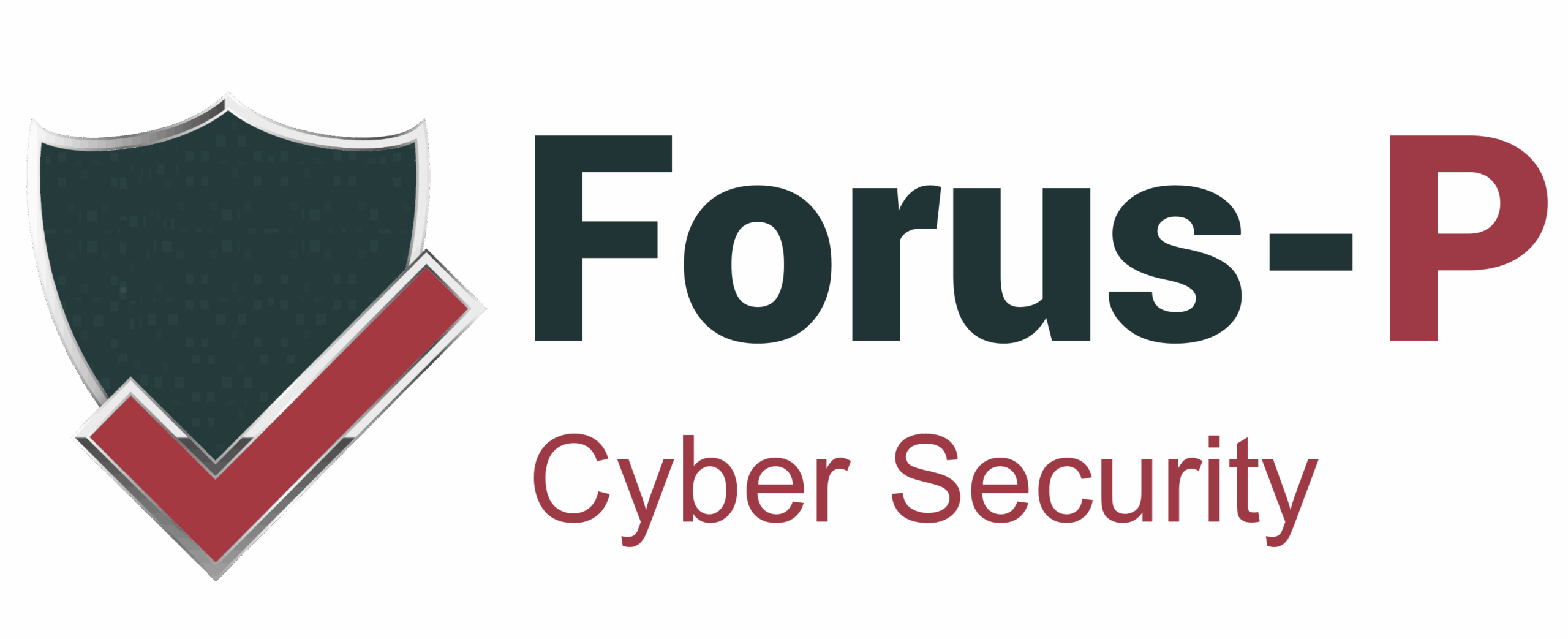How can we help?
-
Dictionary
- API
- Authentication Bypass
- Blind SQL injection
- Broken Access Control
- Broken Authentication
- Brute-Force Attack
- Caching
- Captcha
- Certificate Authority (CA)
- Clickjacking
- Client-Side
- Cross-Site Request Forgery (CSRF)
- Cross-Site Scripting (XSS)
- Dark Web
- Denial of Service (DoS)
- Distributed Denial of Service (DDoS)
- DNS
- DNS Amplification Attack
- Domain Administrator (DA)
- Encryption
- End of Life (EOL)
- Ethical Hacking
- Expired Certificate
- HTTP
- HTTPS
- Incident Response (IR)
- Injection
- Insufficient Logging & Monitoring
- Internal IP Address
- IoT
- IP Address
- Man in the Middle Attack (MiTM)
- Open Source Intelligence (OSINT)
- Patching
- Pentest
- Phishing
- Ransomware
- Red Team Test
- Security Misconfiguration
- Server-Side
- Session Expiration / Session Timeout
- Session Hijacking
- Session Token
- Smishing
- SMTP
- Spoof
- SQL Injection (SQLi)
- VPN
- Vulnerable and Outdated Components
- XML External Entities (XXE)
- Show remaining articles (35) Collapse articles
< All topics
Print
Encryption
Converting cleartext data to letters and numbers (ciphertext) that appear random using cryptographic keys. As long as the technology used to perform the encryption is current and secure, only a user with access to the key associated with the encryption should be able to decrypt the value.
Table of contents


